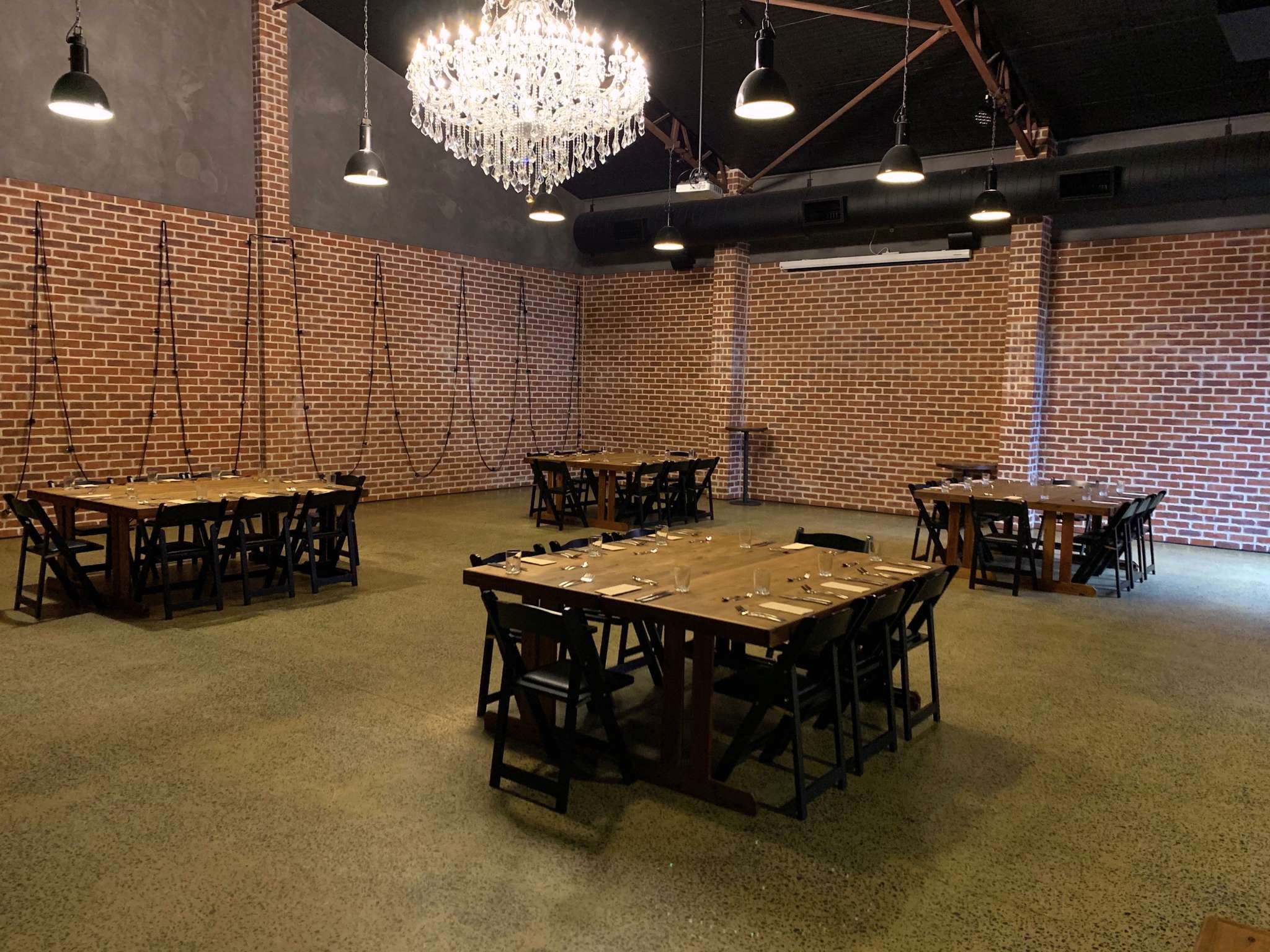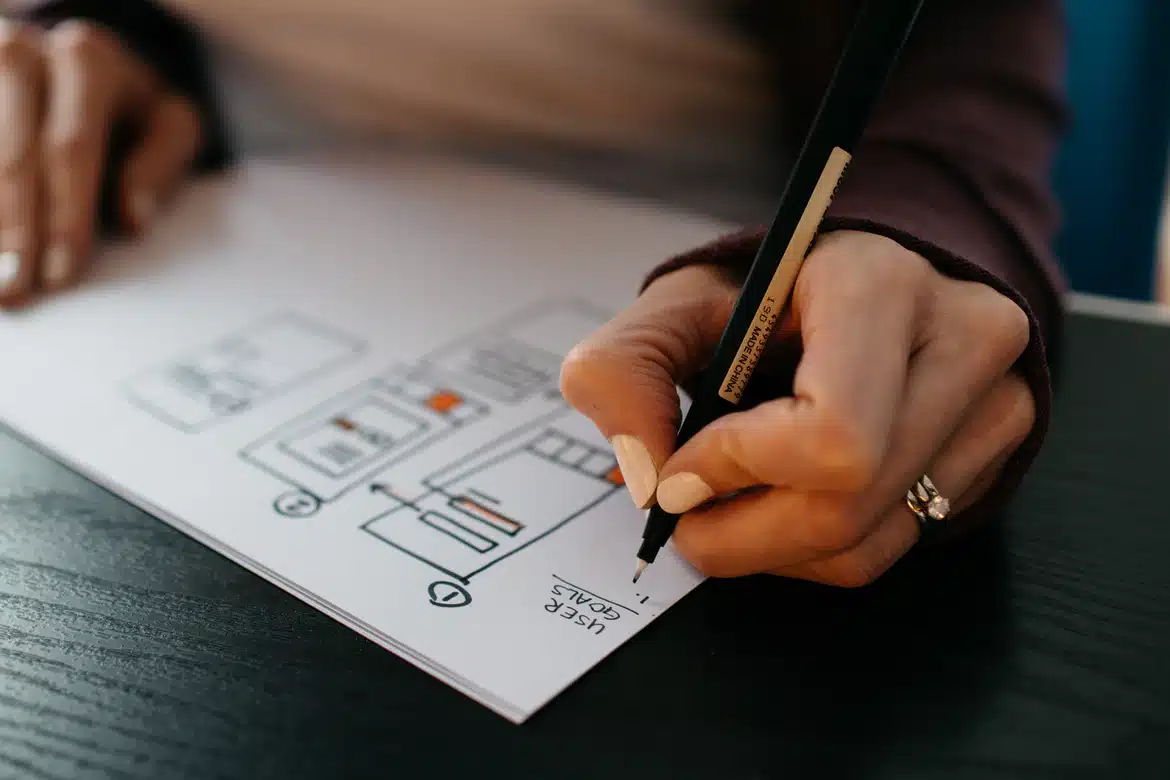DESIGNING AN EFFECTIVE CORPORATE EXPERIENCE
Have you ever sat in a meeting and wondered why it was called in the first place? Perhaps you’ve heard a sales pitch and walked away unsure what they were even offering. Maybe the thought of suffering through yet another professional development course is enough to make you scream. In all of these scenarios, the audience is left despondent or frustrated, and the company’s goals, no less close.
To design an effective corporate experience, we need to start with the purpose. It may be to make decisions, pass on knowledge, launch a product, or build team culture. Those that fail to plan an event with that purpose in mind, will often fail to deliver an effective corporate experience. Whether it’s a meeting, workshop, trade expo, or training program, one thing’s for sure: it needs to be effective to make the gathering worthwhile!
Here are 6 steps to ensuring your corporate experience is memorable, engaging, relevant, and informative:
-
What are the broader company goals?
It is easy to get caught up in the detail without coming back to the bigger picture. When designing an effective corporate experience, one should be well acquainted with the broader company goals. Where do you want your business to be in 3-5 years? What are your current or future goals? What needs to be focused on in the short-term? Once you know where you’re headed, you can more readily map out the steps to get there.
Think of your corporate event as just one of those steps. Its purpose will be to help answer a question or provide a solution to a problem. Do staff need upskilling? Hold a training course. Do you need to market a new product? Invite the public to a launch. Do important decisions need to be made? Schedule a strategic meeting. Here’s 8 Corporate Events that you may help you figure out what type of corporate event is appropriate.

-
What content needs to be delivered?
Once you know the company goals and the steps needed to get there, it’s time to set your objectives and map out the content. Content is the foundational resource for knowledge transfer. If the content is flaky, incoherent, or insufficient, then you’ve missed the mark. Pair great content with great pedagogy however, and you’ll have interested users that will leave better informed.
Tips for improving knowledge transfer:
- Clearly state the learning outcomes at the very beginning
- Outline a birds-eye view of the content so the audience has a sense of direction
- Present concise and relevant content in an ordered way
- Relate content back to real life examples
- Make content immediately applicable

3. In what ways will the audience learn?
It’s no surprise that we humans learn in different ways. What is surprising, however, is the number of corporate events that aren’t designed with this in mind. Content was the primary focus of program designers until the 90’s when a cognitive psychologist named Donald Norman coined the term ‘user experience’ for none other than Apple Computer. Of course, UX had been around since the 50’s, however strong press coverage in the dot-com revolution made usability the next big thing.
Fast forward, and we see that not only is content and UX important, but so too is the learning experience surrounding it. Learning Experience (LX) design uses methods, tools, and skills to create experiences that help the audience fulfil their learning outcomes in a user-centered and goal-directed way. For an effective corporate experience, UX and LX need both be factored alongside content planning.
Eulogy Exercise: Instead of asking leaders to write down their goals, have them write their own eulogy. Better yet, take them on a field trip to a nearby cemetery to do so. It sounds confronting, and it is! This exercise takes leaders on a journey, thinking deeply about how they wish to live their life, what they want to achieve, and what they hope their legacy will be. They will be better able to see gaps between their current life and the one they want, and it will help position their work in the wider context of life.

-
What is the best experiential environment?
Whilst online learning has been the primary delivery method over the past couple of years (largely thanks to Covid-19), the value of a face-to-face meeting environment is undeniable. Just take a look at some of the benefits:
- It enables social interaction to an extent that online interaction cannot match
- There is increased focus due to less distractions (anyone else multi-tasking during their Zoom meeting?)
- Peer-to-peer learning is facilitated better through the use of small groups
- Real humans (yes, real!) can provide immediate feedback/answers
- There is flexibility to respond to the changing group pace and dynamic
- It offers practical hands-on learning opportunities
With face-to-face reigning supreme, the question shifts to where to meet? Location and accessibility, style of venue, audio-visual, food and beverage are all elements that contribute to the potential success or failure of a memorable event. Plan your environment well and your attendees will be on their way to partaking in an effective corporate experience (read more in Your Guide to Choosing a Corporate Event Venue).
From an intimate group of 10 through to as many as 200 stand-up, Factory51 accommodates corporate events in varying sizes and styles. The versatility of our function space means we can create an environment that’s welcoming for a small group and just as comfortable for a packed house.

-
Have you got the right people in place?
It’s all good and well having clear objectives, a thought-out program design, and stimulating environment, but have you got the people power? More importantly, have you got the right people in power? From managers to team builders, group facilitators to guest speakers, the who is crucial. These people are the difference between an audience being lulled to sleep or sitting forward in their chairs. They are the kings of information, queens of delivery, and overall champions of the corporate purpose. They need to be across the learning objectives, content, and experience methodologies. We can’t stress this enough; the right people are the make or break!

-
Are you on a journey of improvement?
Designing an effective corporate experience takes time, but is well worth the investment. As you put these steps into action, you’ll have the opportunity to analyse what worked and what could be improved for future. You may not run an identical event again, however the learnings are widely applicable across many corporate gatherings. It’s important to seek feedback, make assessments, revisit your design, and tweak as necessary. It’s possible you’ll need to repeat this process until you’re satisfied that the user is meeting their learning objectives and the company, theirs.
If you’d like to hold an effective corporate experience at Factory51, please contact us. We’d be pleased to show you our rustic industrial space and discuss your next event.

